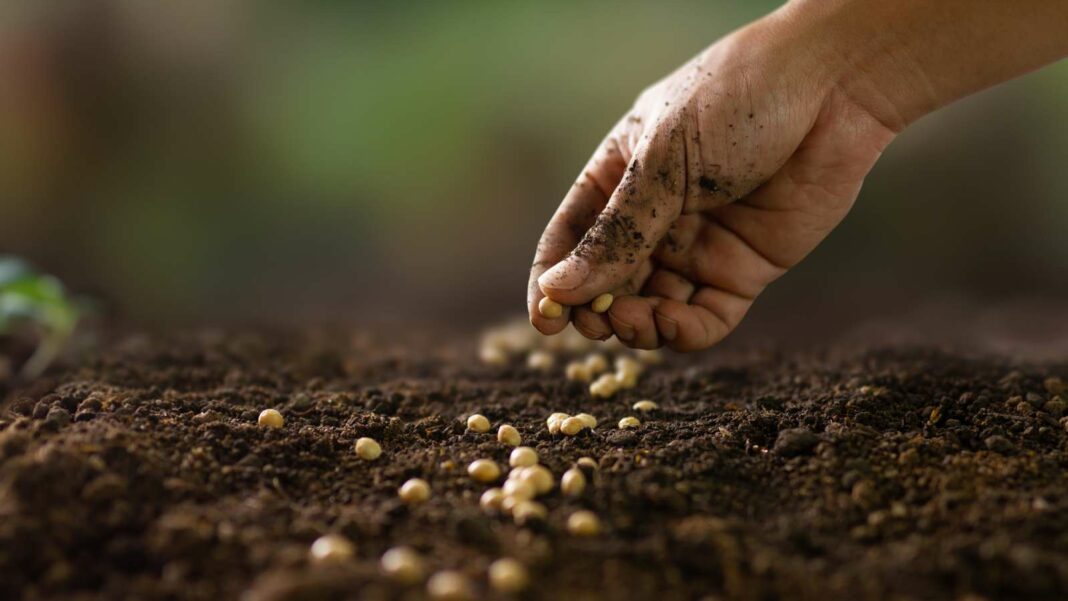November presents an opportunity for gardeners to prepare for winter and sow frost-resistant crops. This month allows for planting cold germinators and bulbs, which will thrive in spring. Hobbyists can utilize milder weather to plant vegetables, protect seeds with mulch, and grow sprouts for winter nutrition. Additionally, it’s essential to maintain garden habitats for wildlife and protect sensitive plants, while ensuring outdoor water systems are winter-ready to prevent damage.
Embrace the November Gardening Season
As November rolls in, the weather outside often brings dampness and chill, leading many to feel less inclined to engage in gardening activities. Yet, the gardening journey is far from finished! It’s crucial to prepare your garden for winter, and you can even start sowing some frost-resistant varieties that will flourish come spring. Additionally, you can cultivate hearty winter vegetables or sow various vegetable types that will benefit from an early start, enhancing their growth as spring approaches. Plant roots also play a vital role in loosening the soil, improving aeration, and boosting soil vitality.
Vegetables You Can Still Plant in November
November is a great month for hobby gardeners to utilize the sowing calendar effectively. If the ground is frost-free and temperatures are mild, consider planting or sowing the following vegetable varieties:
Tip: Protect your seeds from the winter chill by covering them with a layer of mulch, leaves, or grass clippings.
While some vegetables may struggle in the outdoor chill, many varieties thrive in a greenhouse setting, providing a safe haven from the cold.
Did you know? November is perfect for growing sprouts, as most vegetable varieties take a break during this month. Sprouts can offer fresh vitamins and nutrients throughout the winter months.
Preparing for Next Season’s Garden
November is also an excellent time to plant seeds that require cold stratification to germinate, known as cold germinators. These plants need to experience temperatures between -4 and +4 degrees Celsius for several weeks to break down germination inhibitors.
Similar to October, November is prime time for planting bulbs. These bulbs, when planted in autumn, will burst forth with vibrant colors in spring, providing crucial food sources for bees and other pollinators. In addition to popular choices like crocus, daffodils, snowdrops, and tulips, consider incorporating lesser-known varieties such as anemones, lilies, winter aconites, and ornamental garlic, which produce stunning spherical blooms.
To ensure successful germination, soak seeds if necessary, then plant them in trays filled with seed compost. Keep the soil moist and place the trays in a warm area (18 to 22 degrees Celsius) for two to four weeks. After this period, cover them with foil and relocate them to a shaded outdoor space for at least six weeks to receive the cold stimulus they need to germinate.
Tip: It’s also advisable to plant certain fruit trees, like apple trees, in November to allow ample time for their roots to establish before winter.
Additional Tips for November Gardening
When tidying up your garden, be mindful not to remove everything. Leaves, spent perennials, and other organic matter provide essential habitats for birds, insects, and small animals during winter. You might even consider setting up a birdhouse or a hedgehog house for added support.
Excess leaves can be utilized to blanket plants in beds and containers, with twigs or mulch offering effective cold protection. Remember to bring sensitive plants indoors and perform the last lawn mowing of the season.
Lastly, ensure that outdoor water pipes are drained, and the water supply is turned off to prevent frost damage, ice formation, and potential leaks.
